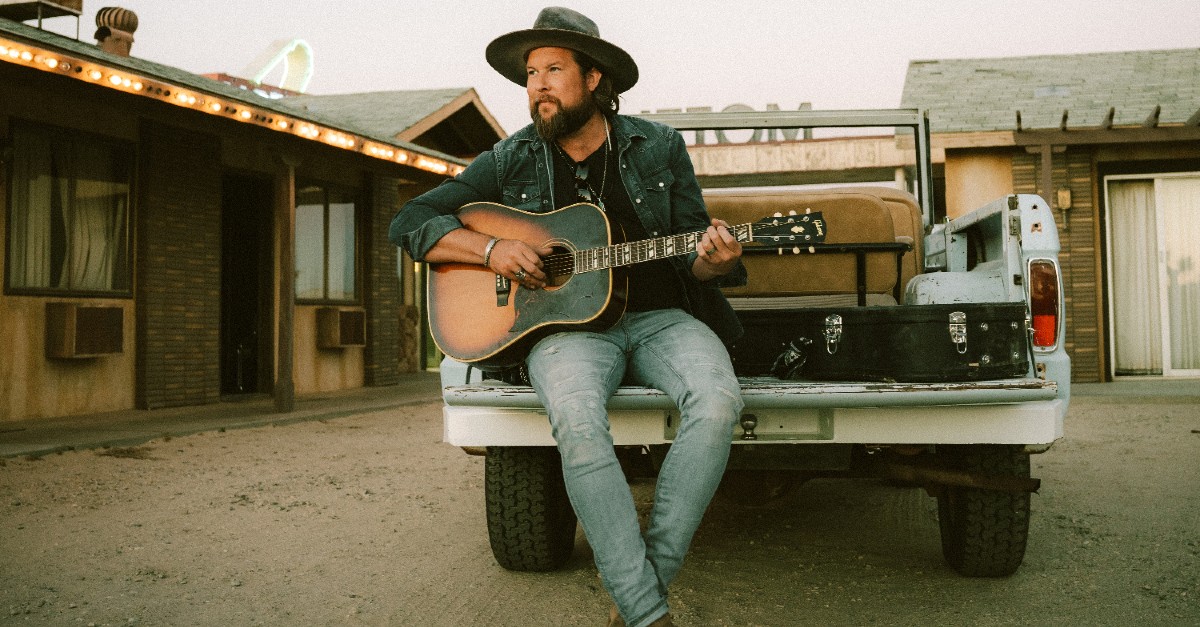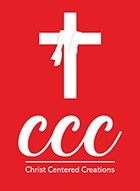The Southern Baptist Convention (SBC) is a fixture of the religious landscape in the American South, where grits, Republican politics, and SEC football are king. But the region where you’re most likely to find a growing Southern Baptist church is the land of lobster rolls, progressive politics, and Boston Red Sox baseball: New England.
A new analysis by Lifeway Research found that the area spanning Connecticut to Maine was the only place to see an uptick in SBC church membership over the past five years. But the growth in the Lifeway report was miniscule—a 1 percent increase in a region with fewer than 1 percent of SBC churches—compared to the widespread decline across the denomination.
Southern Baptist membership decreased everywhere else during the same time period, with the biggest drops in the Pacific (down 22%) and West North Central (down 14%) regions.
Still, for pastors in the region with 358 of the SBC’s 47,198 churches, the growth in New England was “an absolute encouragement, an affirmation of what God is doing here,” said Aaron Cavin, Send City missionary for Boston with the SBC’s North American Mission Board (NAMB).
Calvin recently shared the data with local church planters at a training session, and “it was a celebration,” he said. “It almost makes us a bit more resolute.”
According to NAMB, Southern Baptists have planted 1,018 churches in the Northeast since 2010, an average of around 44 churches per year. That includes New England along with New York, Philadelphia, and Baltimore.
While the Lifeway statistics measured church growth only among existing congregations that reported membership numbers in 2017 and 2022, hundreds of SBC churches have started in New England since then.
The growth in Southern Baptists among all churches in the region is even more pronounced: New England church membership jumped from 27,668 to 30,265, a 9.4 percent increase. Over the same time period, total SBC church membership decreased 11.9 percent. Baptisms in New England fell by just 1.1 percent, while total SBC baptisms decreased 29.1 percent.
Political polarization and creative outreach by New England churches may be two factors fueling church growth, said Vermont pastor Dan Molind.
The region “is getting more polarized,” said Molind, pastor of Enough Ministries in Barre, Vermont. “There is less middle ground. If you’re a conservative, you’re getting pushed toward the evangelical church. If you’re more liberal, then perhaps you’re falling away from that. As an effort to preserve our values and what we see as truth, more people are becoming aware of and are seeking out the evangelical church.”
“Yankee stoicism” that values going it alone rather than relying on God makes evangelism difficult, Molind said. Plus, a Vermont aversion to visiting people at their homes makes it challenging to invite neighbors to church. That has forced Enough Ministries to reach people through a soup kitchen, food pantry, addiction recovery ministry, and clothes closet.
“We have something that will help their brokenness physically,” he said, “and that opens opportunities for us to help them with their real spiritual need.”
Church growth varied across states. In New England, three states saw total church membership increase over the past five years while three others decreased.
Maine led the way with 25 percent growth among SBC churches. Rhode Island and Vermont followed with 11 and 9 percent increases respectively. New Hampshire churches posted the largest membership decrease in New England at 18 percent. Massachusetts churches decreased by 5 percent and Connecticut congregations by 4 percent, Lifeway Research told CT.
Scott McConnell, executive director of Lifeway Research, cautioned that the sample size in Rhode Island, Maine, and New Hampshire is smaller than it normally would report. “But these do reflect the small size of these state associations, and we wanted to show all states,” he said.
Southern Baptist work in Vermont “has been particularly exciting,” said Terry Dorsett, executive director of the Baptist Churches of New England (BCNE), a regional Baptist convention that cooperates with the SBC. He cited an Association of Religion Data Archives report that Vermont’s evangelical population doubled between 2010 and 2020. “It’s a beautiful example that God is bigger than statistics and sometimes God does things that statistics can’t really explain well.”
Maine’s Southern Baptist growth “has been pretty phenomenal as well,” Dorsett said.
The growth hasn’t come easily, though. New Englanders hold a “strong misconception” that Southern Baptists are racists, Dorsett said. To overcome that stereotype, New England Southern Baptists point to their own ethnic composition: 57 percent of BCNE churches are predominantly non-Anglo. The slate of officers expected to be elected at next month’s BCNE annual meeting is entirely non-Anglo.
Loneliness also is a challenge for New England Southern Baptist pastors—especially in the northernmost regions where SBC churches are few and far between. Cavin thinks an increasingly robust pastor support network in New England may be tied to the growth of church membership.
“In the last seven to ten years, what we’ve seen is a lot more of that familial bond happen and the intentionality we put into caring,” Cavin said, “and making sure that [pastors’] spouses are cared for and families are cared for.”
In the end, New England Baptists say no statistical analysis can fully explain their growth. They point to the power of God and the persistence of churches as the key factors. Cavin experienced both recently when a neighbor to whom he has been witnessing for 14 years committed his life to Christ and was baptized.
“What we’re excited about is the transformation of individual lives,” he said.
David Roach is a freelance reporter for CT and pastor of Shiloh Baptist Church in Saraland, Alabama.





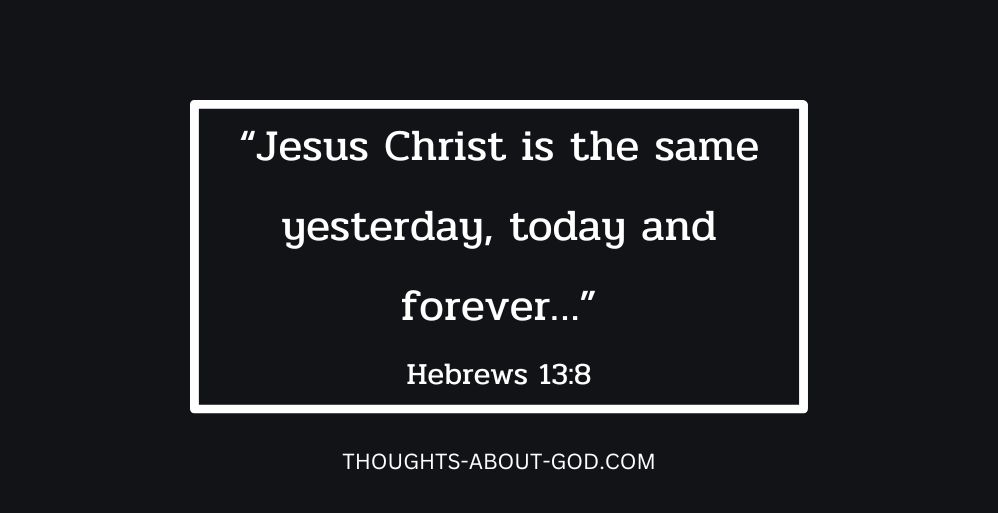



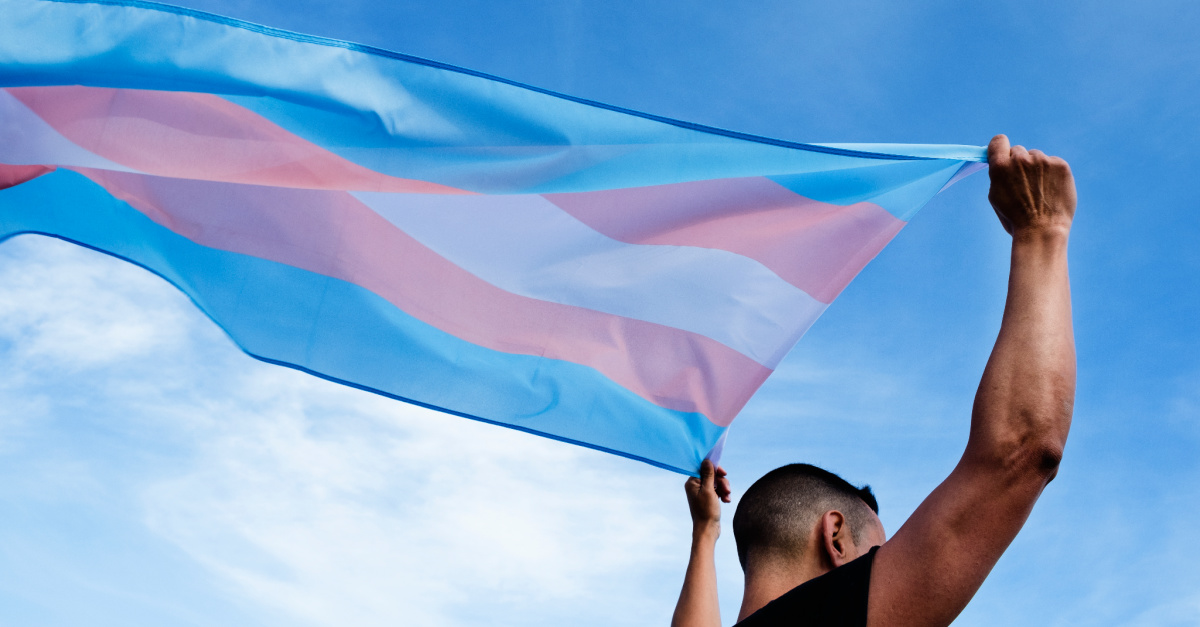









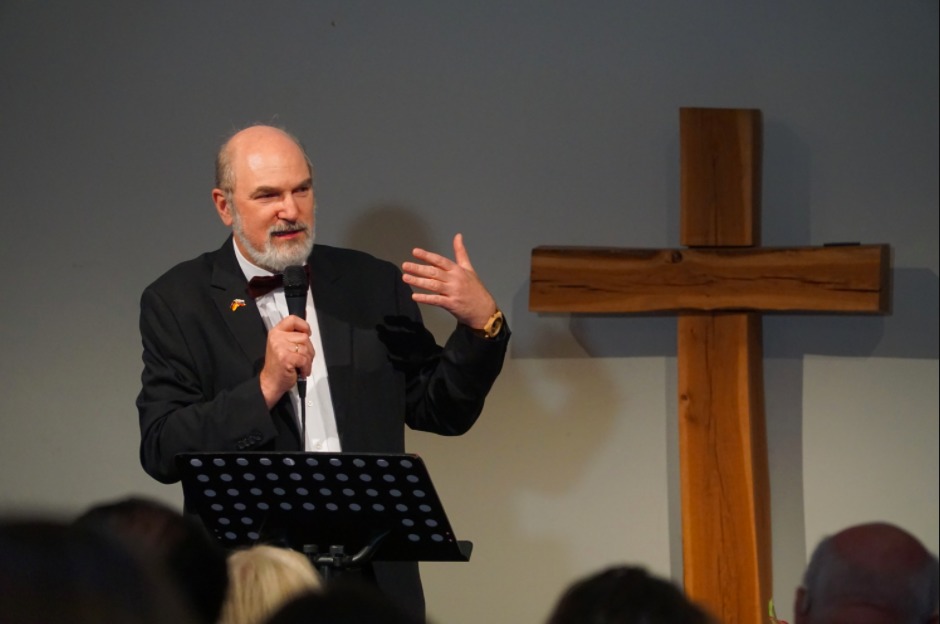

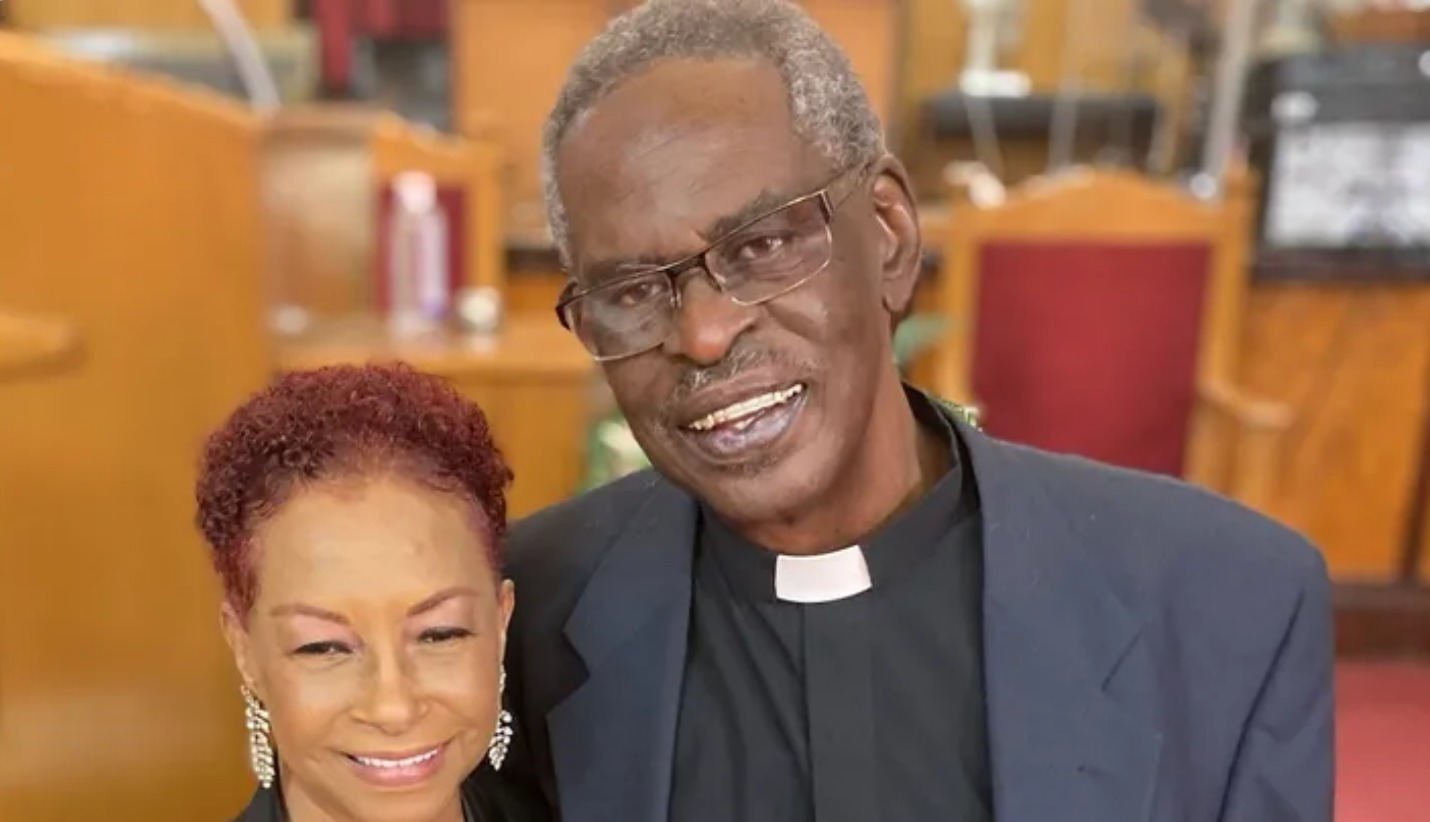






![[Video] More – Aghogho » GospelHotspot](https://gospelhotspot.net/wp-content/uploads/2024/04/More-Aghogho.jpeg)












